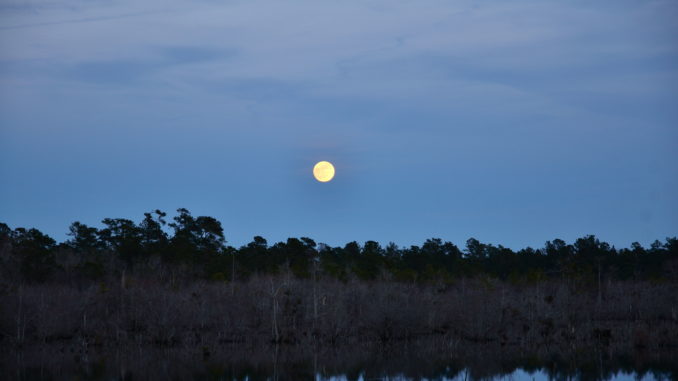
As winter approaches, the places deer frequently used earlier in the season are rarely hot spots. They were concentrated on peanut and soybean fields in September and acorn-rich oak flats during October and November, deer always move to different places as the seasons and local food sources change.
It’s not just a change in food sources; deer will find new places to live with changes in the weather and when deer hunters are putting on a full-court press. They have to go somewhere, and knowing where is one of the keys to tagging a late-season buck.
Deer don’t just change their travel times; they will often pick up and move to a different place to avoid people in camouflage donned with life-ending weaponry. Chad Thousand will hunt completely different places on his Guilford County, N.C., properties in December than in October.
“Late in the season, we see huge rubs in small areas they get held up away from hunters,” he said. “The smart ones that survive a long time find where the hunters don’t go, and it doesn’t have to be the deepest and darkest forest either.”
Thousand will often check out small woodlots, grass patches and even wooded places adjacent to residential neighborhoods.
“I have killed several big bucks within 60 yards of houses in a wooded corridor between housing developments,” he said.
Deer will slide out of woods that are frequented by hunters, slipping into areas where they know they’ll be safe. When Thousand finds fresh sign, he’ll put up a few trail cameras to see what the area holds.
Even though the Carolinas don’t see the cold weather northern states do, December can present some bone-chilling temperatures, and hunters aren’t the only ones unaccustomed to dealing with cold weather. Deer learn to live in hot and cold places, but they will certainly get chilled when a wintertime front comes through, bottoming out the mercury. Deer will migrate to places that stay warmer or warm earlier in the day.
“Southern-facing slopes will always heat up faster than any other place, and if there is food available on these southern-facing hillsides, the deer will migrate to these areas when it gets cold,” he said.
In places where hills aren’t available, Thousand notices that deer migrate to piney woods.
“The pines hold the heat in better than hardwood areas, and deer will move to these places when it’s cold,” he said.

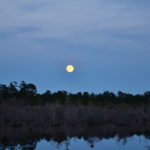
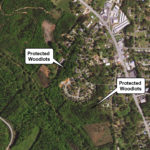
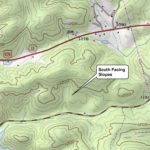
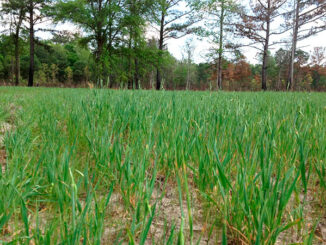
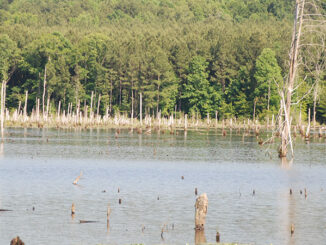
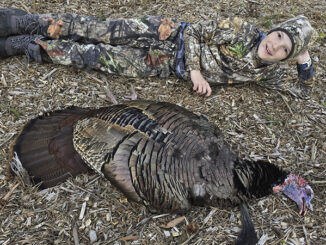

Be the first to comment